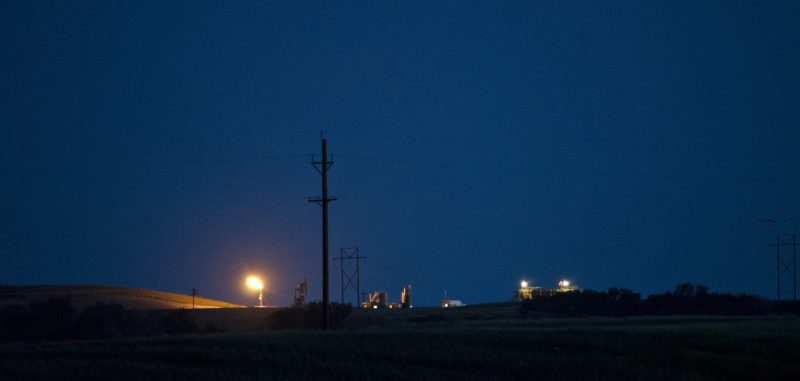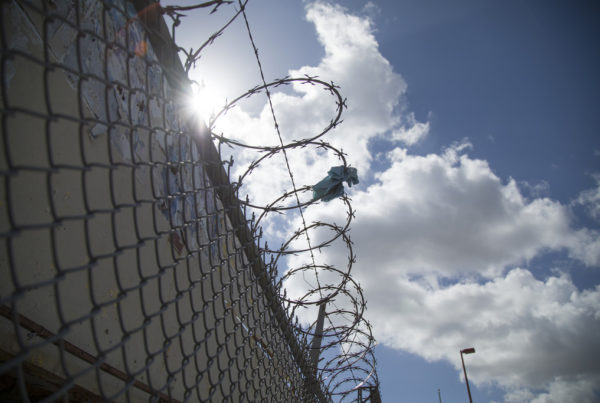If you have driven along a highway in Texas’ oil country, you’ve probably seen flares, burning off extra natural gas at oil fields. Authorities are supposed to keep tabs on flaring. since the practice does have an impact on the environment, and on policy options, like promoting alternatives to oil.
But how much do we really know about the scale of flaring in Texas? A new report raises questions about whether shale producers are underreporting gas flaring, says Travis Bubenik, who reports on energy and the environment for Texas Standard partner, Houston Public Media.
“There are not enough pipeline on the ground in west Texas,” Bubenik says. “When drillers are out on the ground, they get a lot of associated gas – natural gas that comes with it – and it’s basically a byproduct, it’s not really worth anything… they don’t have the infrastructure to move it all because the area is booming so much, so they wind up burning it off into the air.”
So flaring – generally speaking – is increasing. But why?
“Environmentally speaking it’s not great, it’s a waste of product, but it’s a better approach than just releasing it into the air, which is known as venting, that’s a lot more dangerous to the atmosphere,” Bubenik says.
This report, released by S&P Global, looked at real-time satellite data “and they found that from 2012-2017, oil companies in Texas might have flared twice as much gas as they wound up reporting to the state,” says Bubenik.
“S&P asserts that there’s this multilayered reporting system where oil and gas companies report to state regulators, who then report to the Federal Energy Information Administration and they say in that chain of reporting some of these numbers might be getting lost or skewed too low and they know this could be happening intentionally or not, but it looks like it’s happening,” he says.
Oil companies might have an interest in underreporting the number of sites where there are flares.
“If flaring got too high, the Railroad Commission might eventually say ‘our patience has run out, you have to shut down these wells.’ And there probably is some of that going on, but across the landscape, this seeming underreporting, if it’s intentional, would be designed to keep the oil flowing,” Bubenik says.
Bubenik says it’s unlikely the Railroad Commission, which regulates the energy industry, will examine the issue.
This flaring could be unintentional too, but it has raised concerns from environmental groups.
“There are thing that happen in the oil field that are accidents,” Bubenik says.
“There are faulty flares… flares that are out there that are supposed to be burning gas but just like your oven at home, the pilot light went out, sometimes the flares go out and it can be a while before somebody goes down the dirt road and relight it,” he says.
Written by Alvaro Céspedes.















